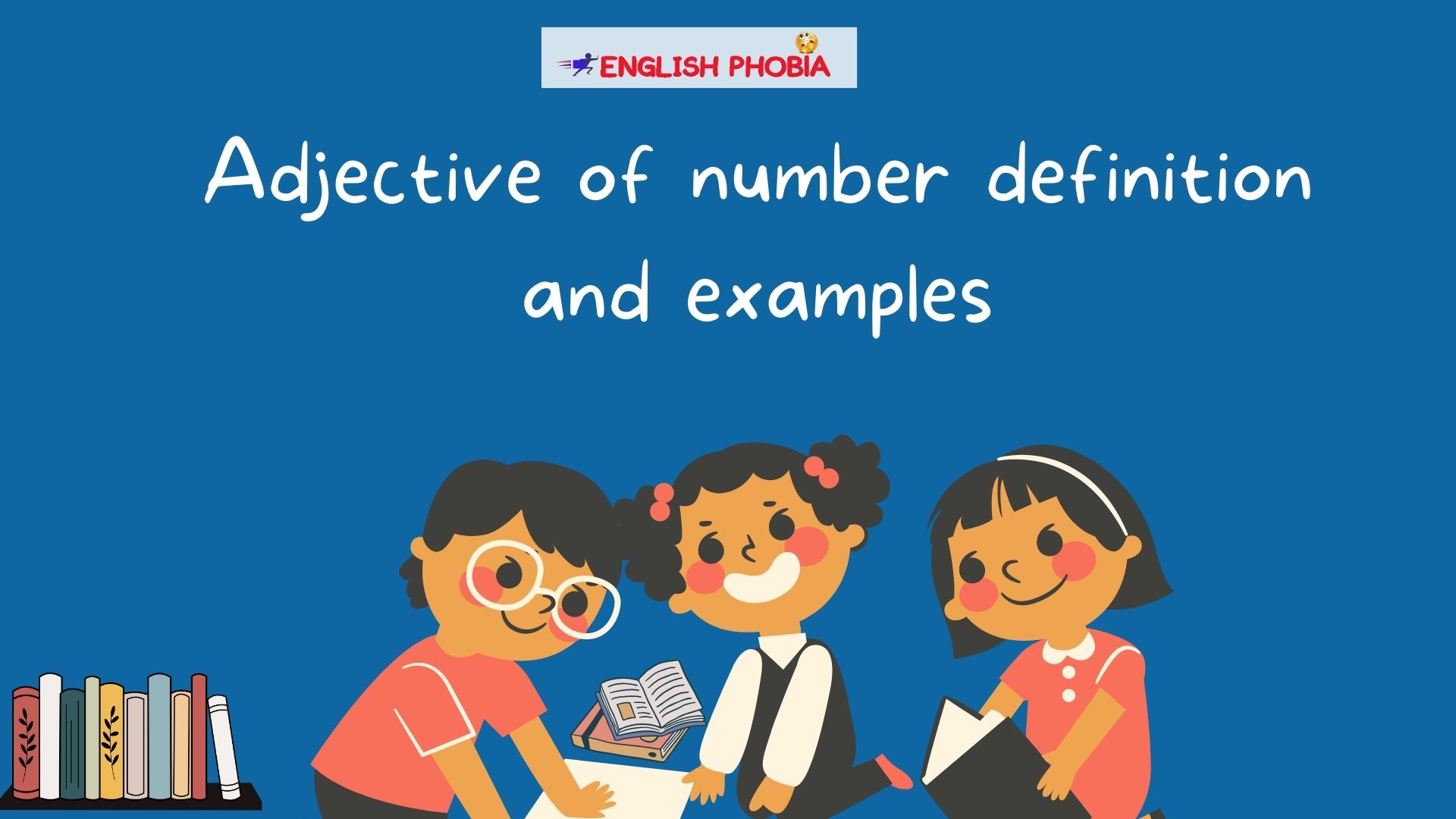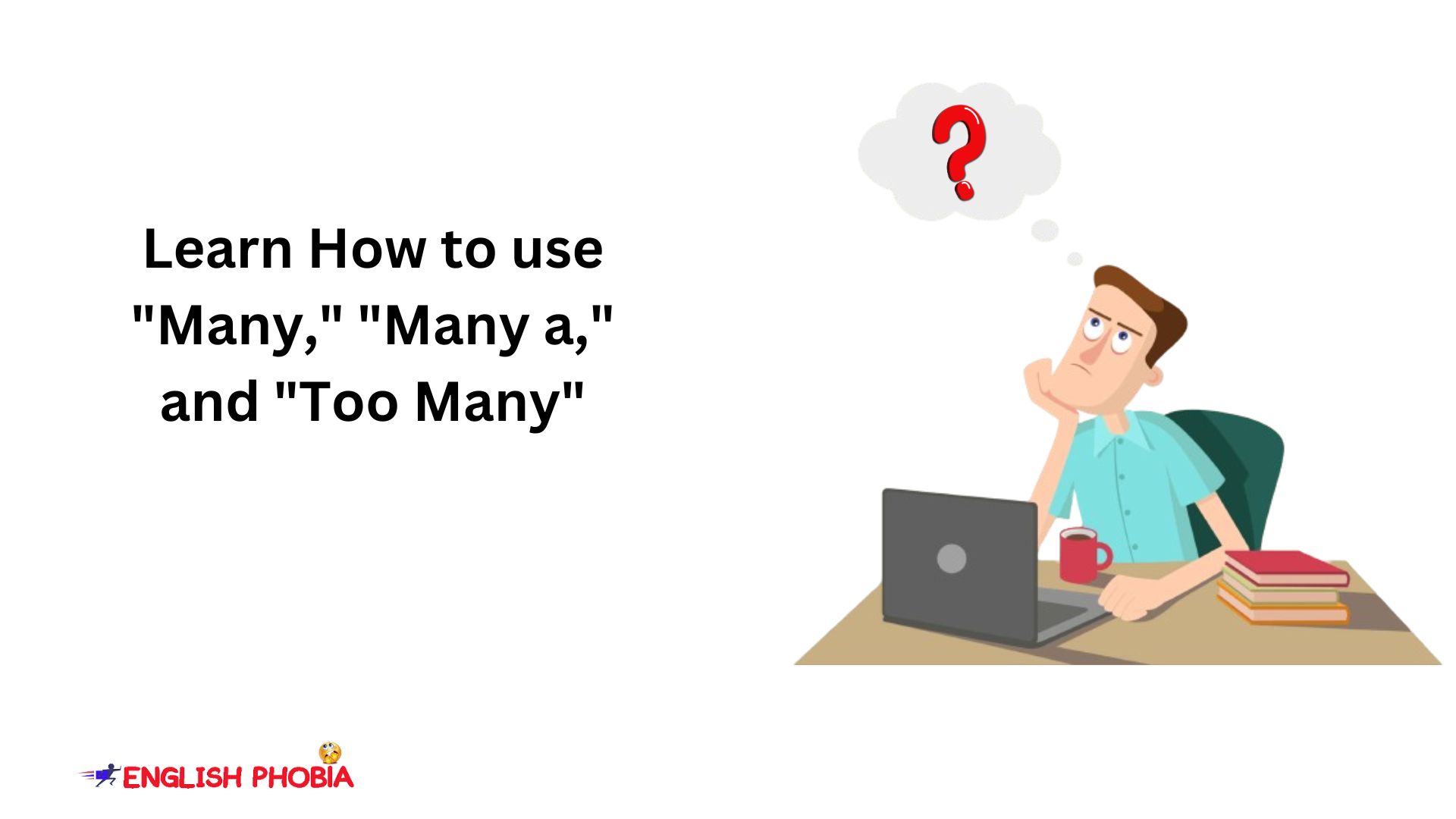Adjectives are words that both describe and modify nouns. They give more information about their qualities or attributes. They make our language more expressive. These words provide more information about nouns. They also help paint a more detailed picture in our minds.
In this blog post, we will learn about the adjective of number definition and examples. We will also focus on Adjective meaning and examples. Moreover, our focus will be on adjectives of numbers. Let’s dive in!
Adjective Definition and Examples
An adjective is a word that gives more information about nouns and pronouns. They also provide details about the size, color, shape, quantity, or other characteristics of the noun they modify.
Let’s look at some examples of adjectives!
1) The big dog chased the small cat.
2) Neha wore a beautiful dress.
3) I saw five colorful balloons in the sky.
4) The old house stood on the hill.
5) He ordered a delicious pizza for dinner.
Types of Adjectives:
There are various types of adjectives in English. You will learn them one by one here.
1) Proper Adjective:
A proper adjective comes from a proper noun. It also describes a specific characteristic of a noun. It usually starts with a capital letter. Examples: Italian pasta, and Japanese culture.
2) Adjective of Numbers:
Adjectives of numbers show the quantity or position of a noun. They can answer questions like “How many?” or “Which one?” Adjective of number examples: three apples, second place.
3) Emphasizing Adjective:
An emphasizing adjective adds intensity or emphasis to a noun. It highlights a particular quality or feature. Examples: amazing view, extraordinary talent.
4) Adjective of Quantity:
Adjectives of quantity describe the amount or degree of a noun. They give us information about how much and how many questions. Examples: much water, several books.
Note: Make sure you know the difference between the adjective of quantity and number.
5) Adjective of Quality:
Adjectives of quality display the qualities and characteristics of a noun. They help us understand the nature or attributes of the noun. Examples: a beautiful sunset, a delicious meal.
6) Interrogative Adjective:
An interrogative adjective introduces a question and modifies a noun. It helps in seeking specific information about the noun. Examples: which dress, what time.
7) Possessive Adjective:
A possessive adjective shows ownership or possession. It shows that this thing belongs to someone or something else. Examples: my car, their house.
8) Demonstrative Adjective:
A demonstrative adjective points out or indicates the noun. It helps differentiate or specify a particular noun. Examples: this book, those shoes.
9) Distributive Adjective:
A distributive adjective refers to each individual item within a group. It emphasizes the distribution or division of the noun. Examples: every student, each cookie.
10) Participle Adjective:
A participle adjective comes from a verb. It describes a noun by indicating its state or condition. Examples: a broken chair, a shining star.
The adjectives don’t have forms like verbs but they have the Comparative and Superlative Degrees.
Adjective of Numbers:
Adjectives of numbers specifically focus on describing the quantity or order of nouns. They help us express precise amounts, rankings, or multiples. Let’s explore the cardinal and ordinal numbers.
1) Cardinal Numbers: Cardinal numbers indicate the quantity or count of a noun. They are used when stating exact numbers. Example: three dogs, seven apples.
2) Ordinal Numbers: Ordinal numbers express the order or position of a noun in a sequence. Example: first place, fifth grade.
3) Multiplicative Numbers: Multiplicative numbers describe the multiplication or repetition of a noun. Example: double the amount, triple the fun.
Besides cardinal and ordinal numbers, we also use multiplicative numbers of adjectives in English.
Rules to Use Adjectives of Numbers:
1) Adjectives of numbers usually come before the noun they modify. Example: six cars, second chance.
2) In the case of ordinal numbers, we often add “-th” or “-st” to the cardinal number to form the ordinal number. Example: nine (cardinal) becomes ninth (ordinal).
3) Multiplicative numbers are used to express multiplication or repetition. Example: twice as big, three times a charm.
Example Sentences:
1) I have two cats and three dogs as pets.
2) Roma won the first prize in the singing competition.
3) The cake recipe requires four cups of sugar.
4) We took a five-hour flight to our destination.
5) He is the third person in line.
Conclusion:
Adjectives enrich our language by bringing depth, clarity, and color to our descriptions. Understanding the different types of adjectives.
By understanding the different types of adjectives and their functions, we can enhance our communication and make our descriptions more engaging.
In this article, we have learned the adjective of number definition and examples.
Adjectives of numbers, such as cardinal numbers, ordinal numbers, and multiplicative numbers, enable us to express quantity, order, or repetition in a more precise manner.
So, let’s embrace the power of adjectives and add more color to our conversations!











